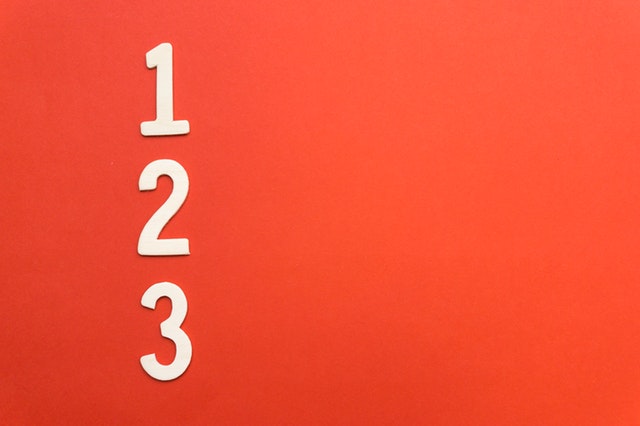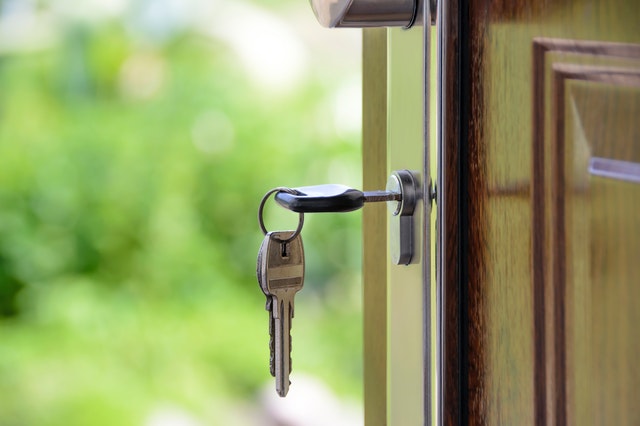 A mortgage is a significant responsibility. For this reason, many people have someone co-sign with them on their mortgage. Before agreeing to co-sign on any mortgage, it is important to ask the right questions. There are several crucial questions that everyone should ask before they co-sign on someone else’s mortgage.
A mortgage is a significant responsibility. For this reason, many people have someone co-sign with them on their mortgage. Before agreeing to co-sign on any mortgage, it is important to ask the right questions. There are several crucial questions that everyone should ask before they co-sign on someone else’s mortgage.
What Does It Mean To Co-Sign On A Mortgage?
Before signing that piece of paper, it is important to understand the responsibilities involved. Co-signing on a mortgage is a little bit different than co-signing for a credit card.
The person who is buying the home, the primary signer, lives in the property in question. The co-signer, typically, does not. On the other hand, both people signing the mortgage take on the financial risk of the mortgage. Before co-signing, understand the financial risk involved.
Is It Smart To Trust The Borrower?
One of the most important questions to ask is whether or not the borrower can be trusted. Remember, if the primary signer cannot make the payments on the mortgage, the co-signer is on the hook for those payments. Before placing any financial assets on the line, make sure the borrower can be trusted to maintain gainful employment, make smart financial decisions, and keep up with the mortgage payments.
What Are The Risks Involved?
There are a few risks that people need to think about when it comes to co-signing a mortgage. First, think about the risk to the credit score. If the primary signer makes late payments, these can impact the co-signer’s financial health and credit score as well.
In addition, there are relationship risks that everyone should think about. Most people co-sign a mortgage for a family member or friend. Having this type of financial arrangement can complicate relationships among loved ones.
Understanding The Process Of Co-Signing A Mortgage
These are only a few of the many questions that people need to ask when they are thinking about co-signing on a mortgage. Everyone who is considering co-signing must consider the financial health and responsibility of the primary signer in addition to the risks they will be taking on. Co-signing on someone else’s mortgage is a big decision. Consider the various factors involved in this decision.
As always, speak with your trusted real estate and mortgage finance professional for advice on your personal situation.
 Those who are looking at buying a home need to think about whether or not they are truly ready for this responsibility. When someone takes out a mortgage, this is frequently the largest loan someone will ever apply for in their life. Furthermore, owning a home also means homeowners insurance, real estate taxes, home maintenance, and home repairs.
Those who are looking at buying a home need to think about whether or not they are truly ready for this responsibility. When someone takes out a mortgage, this is frequently the largest loan someone will ever apply for in their life. Furthermore, owning a home also means homeowners insurance, real estate taxes, home maintenance, and home repairs.